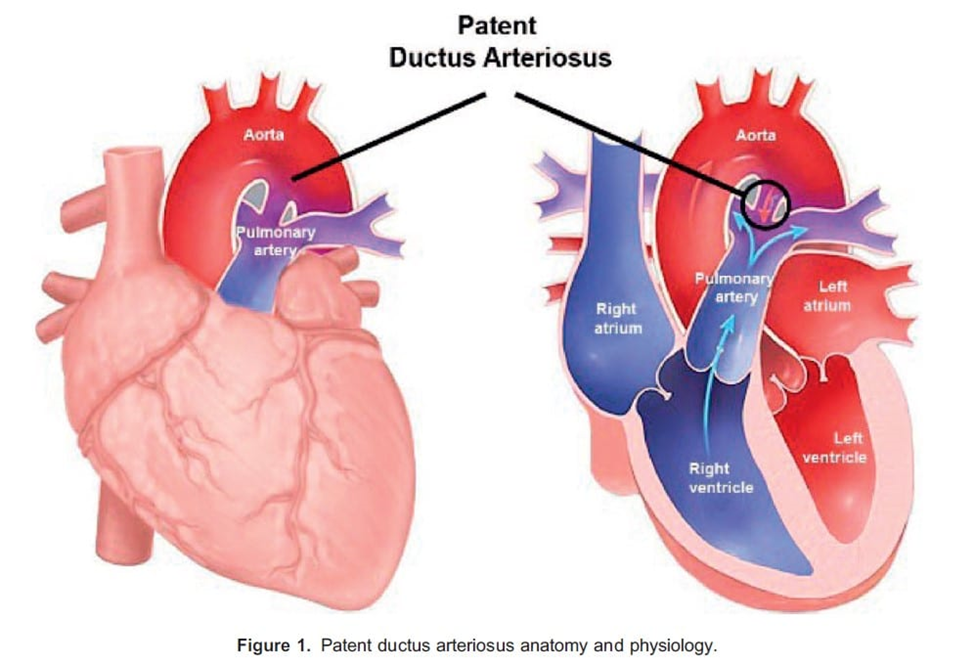A nurse is creating a plan of care for a child who is awake and responsive following an acute head injury. Which of the following interventions should the nurse include?
Place the child in a room with bright fluorescent lighting.
Initiate seizure precautions for the child.
Use the COMFORT scale to rate the child's pain.
Suction the child's nares to determine the presence of fluid.
The Correct Answer is B
A. Place the child in a room with bright fluorescent lighting.
This option is not appropriate because bright fluorescent lighting can be uncomfortable and potentially aggravate symptoms such as headache or sensitivity to light, which are common after a head injury. Therefore, it is not included in the plan of care.
B. Initiate seizure precautions for the child.
This intervention is appropriate because children with head injuries are at an increased risk of seizures. Seizure precautions may include ensuring a safe environment, such as padding the sides of the bed, removing any objects that could cause harm during a seizure, and closely monitoring the child's neurological status for signs of seizure activity.
C. Use the COMFORT scale to rate the child's pain.
While assessing and managing pain is important, the COMFORT scale may not be the most appropriate tool for evaluating pain in a child with a head injury. The nurse should use a pain assessment tool that is specifically designed for pediatric patients and is suitable for assessing pain in children with head injuries.
D. Suction the child's nares to determine the presence of fluid.
Suctioning the child's nares may be indicated if there are concerns about airway patency or respiratory secretions. However, it is not a routine intervention for all children with head injuries. The nurse should assess the child's respiratory status and use suctioning only if necessary based on clinical findings.
Nursing Test Bank
Naxlex Comprehensive Predictor Exams
Related Questions
Correct Answer is B
Explanation
A. Coarctation of the aorta
Coarctation of the aorta involves a narrowing of the aorta, leading to decreased blood flow to the lower body. It is not associated with increased pulmonary blood flow.
B. Patent ductus arteriosus
Patent ductus arteriosus (PDA) is a congenital heart defect where the ductus arteriosus, a fetal blood vessel that usually closes shortly after birth, remains open. This allows blood to flow from the aorta into the pulmonary artery, increasing pulmonary blood flow. Therefore, option B is correct.
C. Tetralogy of Fallot
Tetralogy of Fallot is a congenital heart defect characterized by four abnormalities, including a ventricular septal defect (VSD), pulmonary stenosis, right ventricular hypertrophy, and an overriding aorta. While it can lead to cyanosis due to right-to-left shunting, it is not primarily associated with increased pulmonary blood flow.
D. Tricuspid atresia
Tricuspid atresia involves the absence of the tricuspid valve, leading to a lack of direct blood flow from the right atrium to the right ventricle. It usually presents with decreased pulmonary blood flow rather than increased pulmonary blood flow.

Correct Answer is ["C","E"]
Explanation
A. "Hyperextend your child's head for 5 minutes following a seizure."
This instruction is incorrect. Hyperextending the head after a seizure is not recommended and could potentially cause harm. Instead, it's important to ensure that the child's airway is clear and maintain a safe and comfortable position.
B. "Immediately following a seizure, give your child 6 ounces of water."
This instruction is not necessary unless the child specifically requests water or appears to be dehydrated. It's important to focus on ensuring the child's safety and comfort immediately after a seizure.
C. "Following a seizure, record the length and characteristics of your child's seizure."
This instruction is correct. Keeping a record of the length and characteristics of the child's seizures can provide valuable information to healthcare providers for managing the child's epilepsy and adjusting treatment as needed.
D. "Administer rectal diazepam to your child following a seizure."
This instruction may be appropriate in some cases, particularly if the child's seizures are prolonged or if they have a history of status epilepticus. However, the administration of rectal diazepam should be done according to the healthcare provider's instructions and with proper training.
E. "Call for emergency medical services if the size of your child's pupils are unequal after a seizure."
This instruction is correct. Unequal pupil size (anisocoria) after a seizure could indicate a serious underlying condition and should prompt immediate medical evaluation. It's important for the parents to be aware of this potential sign of concern and to seek prompt medical attention if it occurs.
Whether you are a student looking to ace your exams or a practicing nurse seeking to enhance your expertise , our nursing education contents will empower you with the confidence and competence to make a difference in the lives of patients and become a respected leader in the healthcare field.
Visit Naxlex, invest in your future and unlock endless possibilities with our unparalleled nursing education contents today
Report Wrong Answer on the Current Question
Do you disagree with the answer? If yes, what is your expected answer? Explain.
Kindly be descriptive with the issue you are facing.
